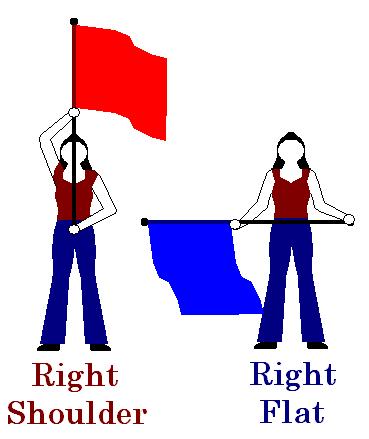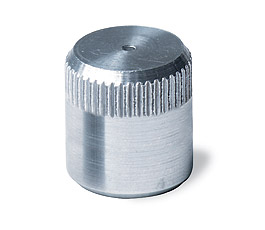Before I even get started on this topic, let me say this: The weight of your rifle is affected by the amount of tape on it. Whoever has been trolling around the internet claiming that the weight of the tape is insignificant and doesn't make your rifle heavier is just dumb. Tape has mass, it is pulled on by the earth's gravitational pull, and therefore it has weight. If you have more tape, it then has more mass, is pulled on harder by gravity, and is therefore heavier. I taught this concept in Freshmen Physical Science class at my previous high school teaching position.
Anyway, back to your question. What weight should your rifle be? It should be the right weight for you. There's a lot of trend toward these new plastic rifles because they are weighted the same across the board. This might be great if all of your team has the same ability, but I generally teach high school students who are just learning how to do color guard and don't always know all of the intricacies that it takes to make their equipment spin the same. So maybe you call it cheating, I call it a good balance. My stronger kids get the heavier rifles while my weaker ones get the lighter ones. It can be daunting for a skinny little 14-year-old girl to pick up a 6-pound rifle her first year. She shouldn't have to spin the same weight as my 18-year-old three-year vet who's been hitting the benches with his football team in the off-season. If I do that to her, she's never going to want to spin rifle and she will forever think that she is just a flag girl and destined to never spin weapons before she ever even gets to sabre!
We don't tape the entire length of our rifles unless we absolutely have to. This past season, we absolutely had to tape the colored rifles all the way down because they needed to be colored. So we did. But all of our white rifles were minimally taped. One year we used aluminum foil tape on our rifles; man, that looked cool but those were the heaviest guns on the planet (think about it, they were aluminum plated). I have used more tape to try to even out the weight of rifles before but that's pretty much futile. If you really want your rifles to all weigh the same, splurge on the plastic ones.
Oh and one final note; don't add pennies to your equipment. Sure, they get the job done as far as off-setting the balance and adding weight right where you want it (or causing your rifle strap to make that AWFUL slapping sound as you do spins) but it isn't worth the risk of having ONE student tape theirs incorrectly to the point where they have a penny fly off and wind up in someone's eye. Nope. There are enough things flying through the air in color guard as it is, let's not add tiny bits of metal to that.
<3 Jackie

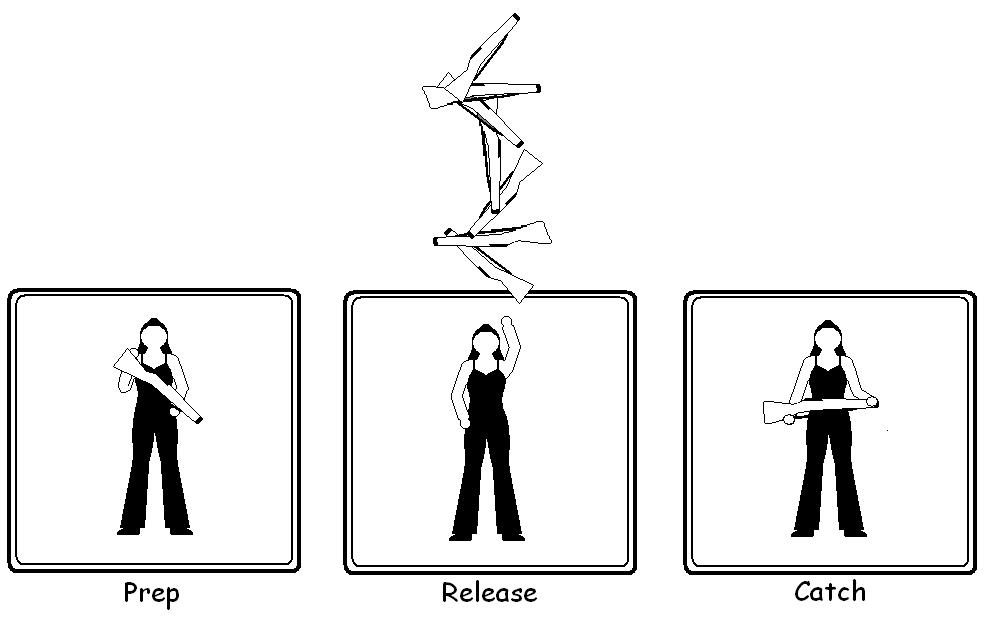
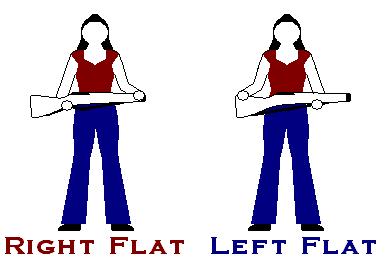
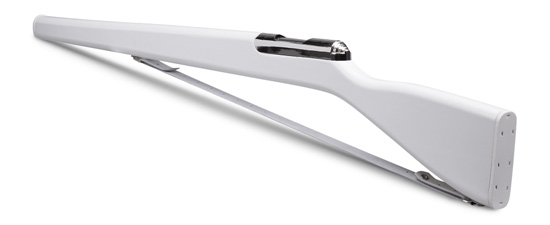
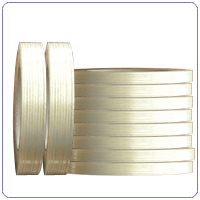 << Strapping tape in both 1/2" and 3/4" widths.
<< Strapping tape in both 1/2" and 3/4" widths.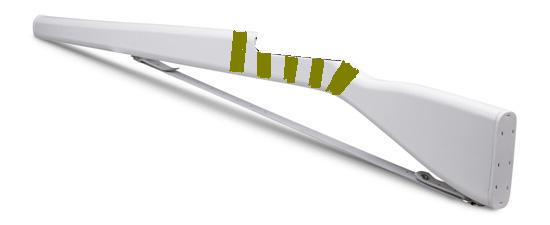
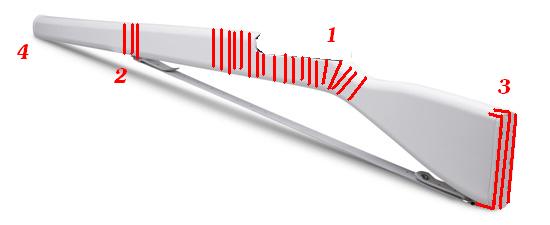
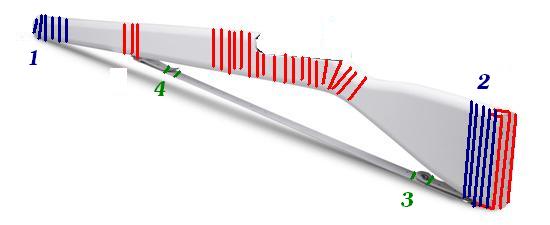
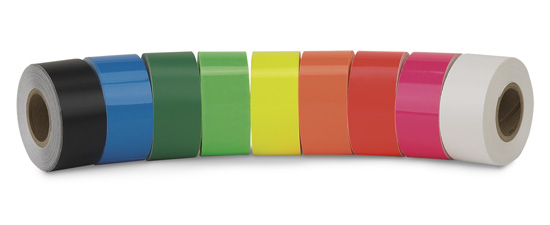 << Colored electrical tape. Rifle tape is also available in prism, sparkle and other effective colors.
<< Colored electrical tape. Rifle tape is also available in prism, sparkle and other effective colors.

